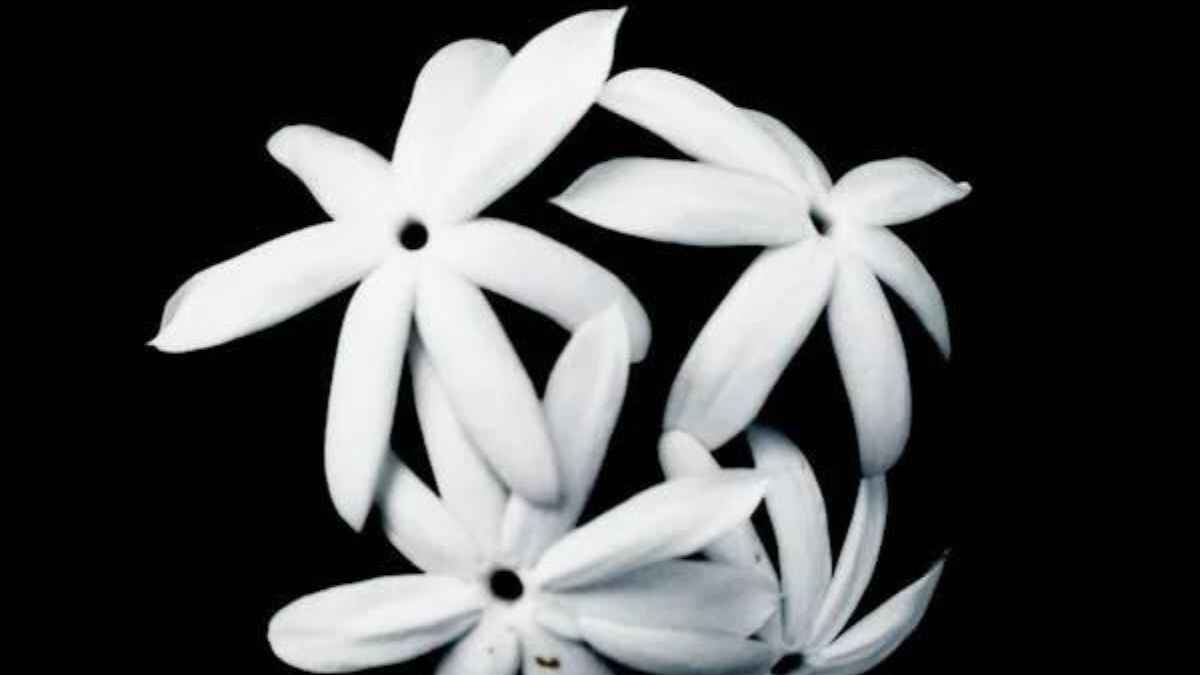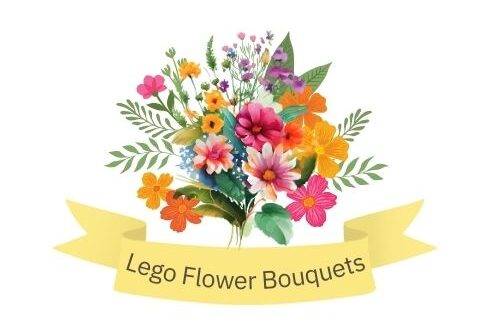Flowers are infinite wonders for the world, and many flowers have their own kind of beauty. Among these botanical wonders, one flower stands out for its intoxicating fragrance and cultural significance: The pikake flower is an awesome piece that embodies a significant amount of Koa. That being said, what, pray to tell, is the pikake flower? This article will focus on information such as the history and background of the pikake, the physical properties of the pikake, its place in traditional and modern culture, and how the pikake is being utilized.

What is A Pikake Flower
Searching and identifying what a pikake flower is begins with its background. Pikake is sometimes referred to as white jasmine, and Jasminum sambac is a species of jasmine originating from South and Southeast Asia. The flower entered Hawaii in the 19th century and became a naturalized glory of the islands shortly after.
However, looking at the details of the dishes, especially the name “pikake,” there is much more than meets the eye. It is named after the Hawaiian word for peacock because it was believed that Princess Ka’Iulani, a Hawaiian royal, preferred both the bird and the flower. The flower gained even more popularity through the influence of the princess, as it is widely used in Hawaiian culture.
What Does Pikake Flowers Look Like
When defining a pikake flower, some of the apparent characteristics that need to be considered include the following: Pikake is a very small and white, star-shaped flower whose size is approximately 1 inch in diameter. The plant is an erect, homogeneous, woody vine or shrub that grows as high as 10 feet, where it finds support.
The other defining characteristic of pikake is a sweeter smell that feels intense compared to similar trees. This scent smells like jasmine, gardenias, and orange flowers; it is so powerful that you can still smell it gently floating in the air.
How Does Pikake Grow
For flower lovers you must know how does pikake grow. To those curious about cultivating pikake flowers, these species of plants are best suited for tropical climates. They do well in an open area that receives full sun to partial shade and like well-draining soil. Pikake flowers are perennial, and the flowers bloom at any time of the year if the conditions are favorable; thus, the flowers are commonly used in Hawaii and other tropical areas in gardening and landscaping.
Pikake can be grown in the cooler parts of the state, but it requires attention and is sensitive to frost. Most lovers in temperate climates practically cultivate pikake in pots to be taken inside during low temperatures.

Cultural Significance
However, if it is hoped that we will grasp the true meaning of a pikake flower, it will be necessary to pay attention to its roots and proper place in Hawaii. Pikake has significant roots in Hawaiian culture and is frequently used to make Hawaiian leis. Due to its fragrance, it is traditionally used for activities such as weddings, graduation ceremonies, and other related events.
Pikake is also used in Hawaiian culture as a flower for love, romance, and even receptions. The smell of the flower has been reported to be sweet, which contributes to the fragrance used in centers that deal in aromatherapy and enhanced relaxation.
Pikake Flower Perfume Uses
In an attempt to answer questions about what a pikake flower is, particularly in the scent business sector, it is easy to establish that it is quite important. The oil obtained through steam distillation of the pikake flowers is widely used in producing perfumes due to its exotic, heavy flowering fragrance. It is employed as a base note in many of the luxury perfumes and is included to create a rich undertone of the scent.
Extracting the pikake’s oil is tedious; it takes thousands of picked blossoms to obtain a tiny drizzle. The fact that pikake is relatively hard to find adds to its premium esteem in the worldwide perfume industry.
Medicinal and Therapeutic Applications
They are examining what a pikake flower about health offered some interesting uses. In traditional medicine, people have used pikake to cure all illnesses; the term ‘pikake’ represents all illnesses. Hibiscus is considered effective in treating skin inflammation and has an antiseptic effect in the event of minor skin injuries.
Also, the pikake fragrance in aromatherapies helps manage stress and anxiety and enhances sleep. Although it is not scientifically proven for its therapeutic value, many individuals feel that pikake has some naturally calming and stimulating scent.

Here is the detailed plan containing an analysis of Pikake in art and literature:
Pikake attracts many artists and writers due to its beauty and cultural value. In exploring the pikake flower in the creative domain, the literature reveals many instances that allude to this flower in Hawaiian poetic, musical, and artistic productions. Here, the flower element involves aspects of the work, such as beauty, purity, and the spirit of aloha.
Pikake is often depicted in Hawaiian paintings and photographs, but people try to depict fragrance in art because it is impossible to depict it in pictures. The flower’s depiction in art allows for its role to remain documented and appreciated by the people of Hawaiian descent.
Sustainability and Conservation
To delve deeper into what is a pikake flower, it is pertinent to talk about issues touching on sustainability. Pikake has yet to be an endangered flower; however, constant demands for it and its oil threaten the plant.
Initiatives are currently being taken to encourage people to grow it in a manner that does not harm the environment and to conserve the natural sources of pikake. Such measures are important to guarantee that future generations can also unwire the beauty and fragrance of this extremely popular flower.
Pikake in Modern Times
From the answers to the question, What is the pikake flower in today’s world?, it can be concluded that this flower is famous not only in Hawaii. The flower has received global attention, especially in the perfume and cosmetic markets. Consumers worldwide prefer products that are scented with pikake, ranging from perfumes to candles and lotions.
Besides, the flower remains relevant in the tourist industry because many want to see and smell the pikake with their own eyes. Lei-making and garden tours displaying pikake have since become mainstream to give tourists a feeling of being touched by their art.
Conclusion
Thus, the conception of the pikake flower is significantly broader and includes not only its description. It is a flower with a historical past endowed with cultural, spiritual, religious, traditional, ornamental, economical, medicinal, and culinary values. Beginning in Asia and moving to its fond embrace in Hawaii, pikake has been charming people with its gorgeous aesthetics and sweet scent for decades.
It does not matter if you come across pikake in a beautiful garland for the neck, as a fine fragrance, or near a beautiful parrot fish garden; smile and learn how a basic white flower has a good story to tell. This has remained popular even today, proving that the image of nature and man’s bond with plant life is hard to resist. For this reason, any effort to preserve the pikake flower is dear to the people and carries with it the hope that future generations will equally be captivated by the flowers’ aroma and significance.
FAQs
Q. Is there a time of the day that pikake smells the best?
Due to this characteristic, Pikake is often at its sweetest in the evening and early morning, when the scent is probably at its finest.
Q. How durable is a pikake lei?
New pikake leis can be used for one or two days at most because they must be kept fresh and moist. Nevertheless, they are fragile and should not be squeezed or slapped since they may die or turn black and mushy.


